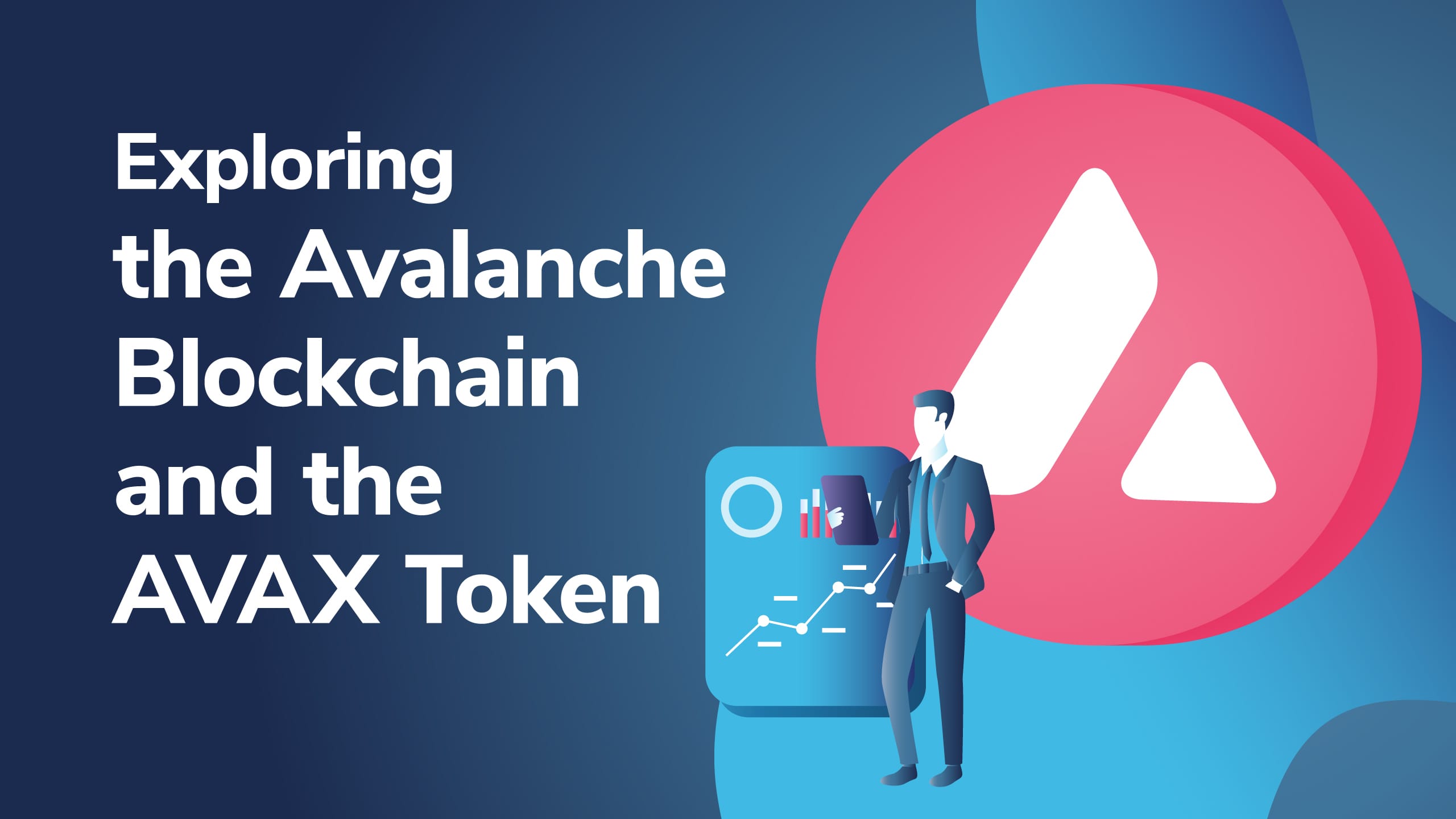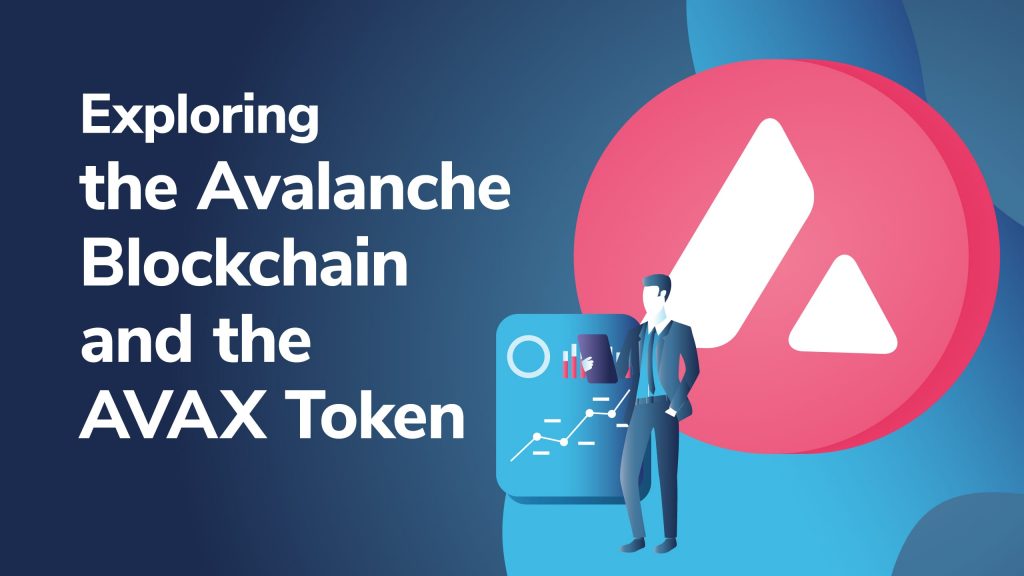
Avalanche, launched by Ava Labs, is a global platform allowing any developer, business, or individual to build interoperable blockchains. Further, users have autonomy over the chain’s rules, virtual machine, and validator sets. Designed with a familiar feel from using Solidity programming, users will discover a new blockchain experience with Avalanche offering higher throughput with lower transaction fees and latency than many alternative blockchains.
The Avalanche crypto ecosystem is secured and governed by the native AVAX token. Moreover, the Avalanche ecosystem features its own decentralized finance (DeFi) protocols, such as the native Avalanche exchange, Pangolin. Avalanche is primarily designed with enterprise use cases in mind. Businesses can be assured of secure, fast, and low-cost transactions of assets between multiple blockchains. Also, Avalanche-X is a program launched by Ava Labs as an accelerator for development on Avalanche, offering developers funding for projects built using the Avalanche crypto and blockchain toolkits.
In this article, we’re going to explore the Avalanche ecosystem, including the Avalanche exchange, Pangolin. We’ll discover the different features of the Avalanche crypto platform and cover the platform’s novel Proof-of-Stake-based consensus mechanism. Also, we’ll look in detail at the roles and functions of the AVAX token.
If you’d like to learn more about how blockchain can be implemented into centralized business IT systems, see our Blockchain Business Masterclass course! Ivan on Tech Academy provides a variety of courses around the institutional adoption of blockchain. Why not try our Blockchain for Enterprise course too? Also, our Origin Trail 101 course is the best place to learn about how blockchain is revolutionizing the supply chain industry. Discover all this and more, at Ivan on Tech Academy!
What is Avalanche?
The Avalanche platform is open-source allowing anybody to launch decentralized applications within an interoperable ecosystem. Predominantly, Avalanche offers enterprise blockchain solutions, including both public and private blockchains. Alongside the advantages of scalability with applications, Avalanche offers familiar development tools including the Truffle Suite, Remix, and Tenderly, making it fully Solidity-compatible.

Avalanche boasts network fees that are a tenth of the cost of Ethereum, offering developers a much lower-cost alternative for deploying smart contracts. Moreover, Avalanche has focused on solutions to several challenges faced by smart contract-enabled blockchains. This means developers no longer need to worry about front-running or extortionate gas fees with increased usage of their applications.
Avalanche offers developers the rare experience of a choice of composable, flexible, and virtual machines (VMs). At present, Avalanche only features the fully operable Ethereum Virtual Machine. However, during the next few stages of development, Avalanche plans to offer a further nine different VMs for developers to choose from. Also, the Avalanche crypto ecosystem is fully interoperable with the Ethereum blockchain, thanks to the Avalanche-Ethereum Bridge (AEB). This enables the seamless exchange of digital assets between the two blockchains.
Ava Labs
Founded in 2018, Ava Labs, Inc. strives to build interoperable decentralized finance (DeFi) protocols with high scalability, efficiency, and customizability for developers. Based in New York, Ava Labs has raised $60 million in funding for development through a successful initial coin offering (ICO) and other private investment rounds.
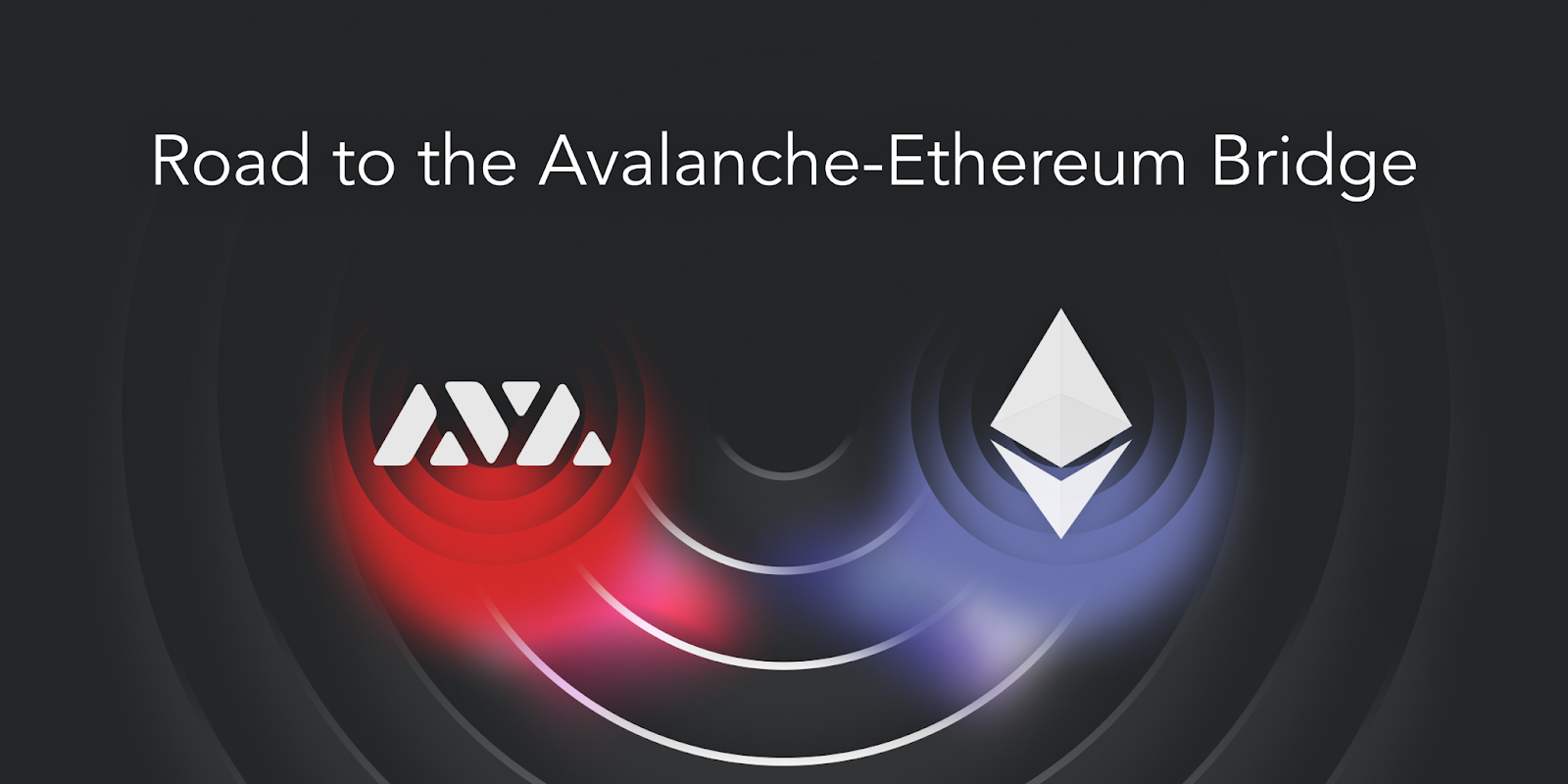
Ava Labs is the founder of Avalanche, with initial elements of centralization as the platform developed. This being said, Avalanche is aiming towards a completely decentralized platform. There is little information available about Ava Labs specifically. However, Ava Labs’ Founder and CEO, Emin Gün Sirer, is a known professor at Cornell University. Seir obtained a B.S.E from Princeton University, prior to a Master’s degree and Ph.D. from the University of Washington. Alongside teaching, Seir is also a freelance software engineer, founder of another blockchain solution-based business, BloXroute Labs, and working on his next project, HyperDeX.
When entering the avalabs.org website, the site automatically redirects and navigates users to avax.network for a list of options to explore the Avalanche ecosystem.
AVAX Token
The native AVAX token is the backbone of the Avalanche crypto ecosystem. In turn, the AVAX token provides several utilities, including securing and incentivizing honest behavior from validators on the network.
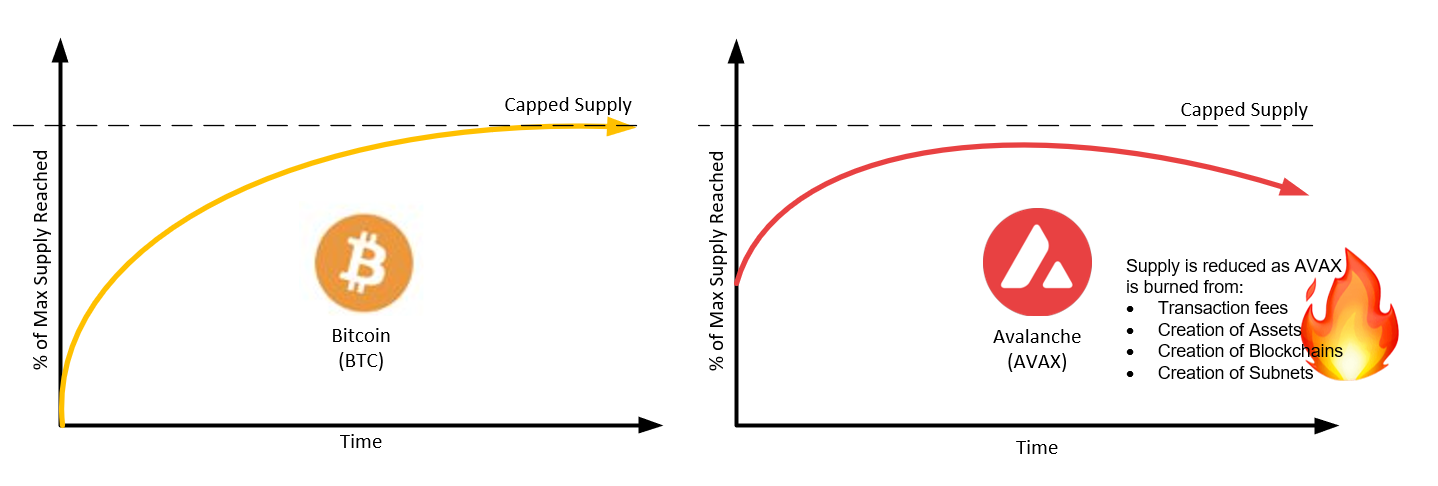
All Avalanche-based decentralized finance (DeFi) applications use the AVAX token as the basic unit of account. The AVAX token can be used as a medium of exchange across platforms plus, to pay for network fees. The AVAX tokens received from payment of network fees are burned, thus increasing the scarcity of the AVAX token.
Most critically, the AVAX token is used to secure the network through users staking their AVAX tokens to become validators. Validators who lock up their AVAX tokens for longer periods receive greater rewards. Avalanche wants to avoid a “rich get richer” consensus model. Therefore, AVAX token validator rewards are proportional to that individual validator’s total stake. The rewards for validators are directly linked to their Proof-of-Correctness and Proof-of-Uptime. Anyone can become an Avalanche validator by staking a minimum of 2000 AVAX tokens.
There is a maximum capped supply of 720 million AVAX tokens to ever be minted. Although, this number will continuously decrease slightly with the burning of AVAX tokens from transaction fees. However, the rate at which the maximum supply of tokens is reached is still subject to governance.
Avalanche Platform Features
The Avalanche crypto platform boasts a range of features suited to various use cases. Avalanche enables users to build Solidity-compatible decentralized applications (dApps) that can confirm transactions almost instantly with high throughput. Furthermore, these dApps can be built quickly, at a low cost, lowering the barrier to entry for decentralized finance (DeFi).
Also, the Avalanche crypto development platform allows users to deploy customized public and private blockchains, plus a choice of up to 10 custom virtual machines and validator sets. This enables users to decide exactly how their blockchain should work. Moreover, by staking the AVAX token, users help to secure the platform without the need for expensive equipment. Through the use of “scalable and probabilistic leaderless BFT (Byzantine fault tolerance) consensus through metastability”, Avalanche can achieve a throughput of 3,400 transactions per second (TPS) and a low confirmation latency of 1.35 seconds.
With complex smart contracts, peer-to-peer transfers, and a highly versatile toolset, the Avalanche platform is ideal for anyone looking to build their own blockchain or smart contract-based application.
Decentralized Finance (DeFi) Protocols
The simple, fast, and low-cost borderless transactions on the Avalanche platform make it a suitable candidate to host decentralized finance (DeFi) protocols. Therefore, we have discussed some of the most popular DeFi projects designed and deployed through the Avalanche network, including the designated Avalanche exchange.
Pangolin
Pangolin is the native Avalanche exchange within the network. The “community-driven” decentralized exchange (DEX) launched in February 2021 and welcomes users with the familiar Uniswap clone layout.

Plus, users can take advantage of the low latency and high transaction throughput.
bZx Protocol
bZx Protocol is a powerful open finance protocol that enables developers to build decentralized applications (dApps) for lending, borrowing, and margin trading. With a flexible toolset and a diverse ecosystem of applications, bZx Protocol is an all-in-one suite for building state-of-the-art decentralized finance (DeFi) applications.
Enterprise and Institutional Solutions
The Avalanche ecosystem is designed with the security, reliability, and customizability needed for businesses wanting to develop decentralized finance (DeFi) applications. However, blockchain technology can be implemented into countless industries, including the energy sector, real estate, insurance, fashion, art, music, or the sports industry, plus many more! Below we have discussed a couple of the enterprise-based applications built within the Avalanche ecosystem:
Ryval
Ryval brands itself as “the stock market of litigation financing”. The platform offers an investment class previously unobtainable. Users of Ryval can purchase and trade tokens that are representative of shares in litigations. Whilst still in the early stages of launch, Ryval is accessing a $10 billion industry, and claims to offer a 50% or more annual returns rate.
Congress of Quintana Roo
A further enterprise use case within the Avalanche crypto ecosystem is the Office of the Attorney General of the State of Quintana Roo, Mexico. Avalanche hosts a decentralized application (dApp) publicly showcasing the legislative power of the State of Quintana Roo. The website welcomes an open insight into the activities within parliament. Users can view weekly agendas, plus, ‘order of the day’.
Non-Fungible Token Minting
Avalanche makes it easy for developers to mint their own non-fungible tokens (NFTs) for various use cases. This includes ownership of digital assets, collectibles, and more! There are several NFT-based applications within the Avalanche ecosystem. The most popular appear to be centered around the exponentially-growing blockchain gaming industry. To learn more about NFTs, be sure to save our Non-Fungible Tokens (NFTs) Deep Dive article for later!
Polyient Games
The Polyient Games Ecosystem (PGE) is a collaborative third-party platform that combines blockchain gaming, with non-fungible tokens (NFTs) and decentralized finance (DeFi). Providing technology to various networks and vertices, Polyient Games is a chain agnostic platform that aims to make building decentralized economies simple and straightforward.
With a growing ecosystem of partners, including Avalanche, Chainlink, Axie Infinity, Polygon/Matic Network, Maker, and The Sandbox, Polyient Games is shaking up the gaming industry by rewarding players with exclusive experiences and ownership of in-game assets.
Lamasticards
Lamasticards are thematic trading cards that use non-fungible tokens (NFTs) to provide limited edition, rare collectibles. Based on the Lamasticot, a cross between a llama and a maggot (asticot in French), Lamasticards take their name from the popular 4chan and jeuxvideo.com meme which shows a photograph of an alpaca sat on all four legs, looking like a maggot or a worm!
Four new trading cards are released monthly. Also, each card is available in limited quantities and is graded by rarity. Furthermore, once these cards have been available for one month, they are retracted and will never be reissued. However, 10% of all cards are reserved for community giveaways. Moreover, each collection consists of 600 common cards, 300 rare cards, 90 epic cards, plus 10 legendary cards. If you want to become the next featured Lamasticard artist, simply reach out to the team on Twitter!
Avalanche-X
Avalanche-X is an “accelerator for developers” by Ava Labs that equips builders of decentralized applications (dApps) with all the tools and resources needed to ensure their dApps are as good as they can be. Simply submit an application, and if approved, you could get grants to bootstrap your application! Avalanche-X is a springboard for developers. With a thriving community, Avalanche-X provides a much-needed boost for up-and-coming builders of decentralized applications. 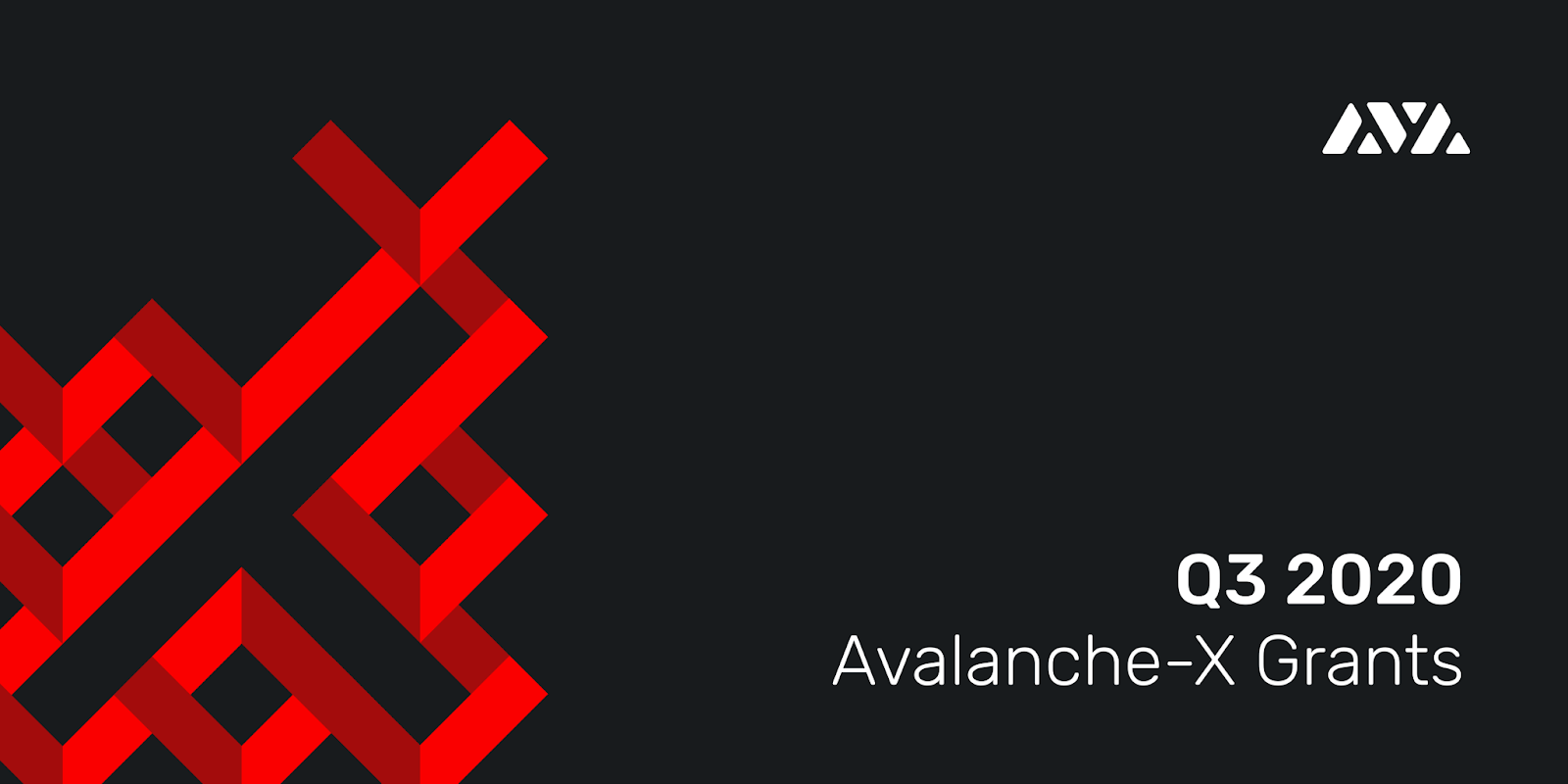
Also, Avalanche is a Solidity-compatible blockchain platform, making it super easy for blockchain developers to start building straight away. If you’re unfamiliar with the Ethereum programming language and would like to learn more, Ivan on Tech Academy has the perfect course for you - regardless of experience! Our Ethereum Smart Contract Programming 101 course is the best place to get to grips with the basics of Solidity. Next, our Ethereum Smart Contract Programming 201 course offers students the opportunity to build and deploy their very own decentralized exchange (DEX)! For students with no programming experience, start with our Javascript Programming for Blockchain Developers course. Upon completion, you will have sufficient knowledge to move on to one of our range of blockchain programming courses. Check out the different opportunities today, at Ivan on Tech Academy!
Avalanche Crypto Ecosystem and AVAX Token Summary
Avalanche is a blockchain-based platform, offering developers as individuals or enterprises the ability to build their own customizable blockchain. What’s more, developers have the freedom of choice of the Virtual Machine (VM) used, and the amount and roles of validator nodes in the network. Additionally, Avalanche offers highly efficient and low-latency development. This puts Avalanche in good stead to compete with some of the most well-established smart-contract enabled blockchains in the new age of decentralized finance (DeFi).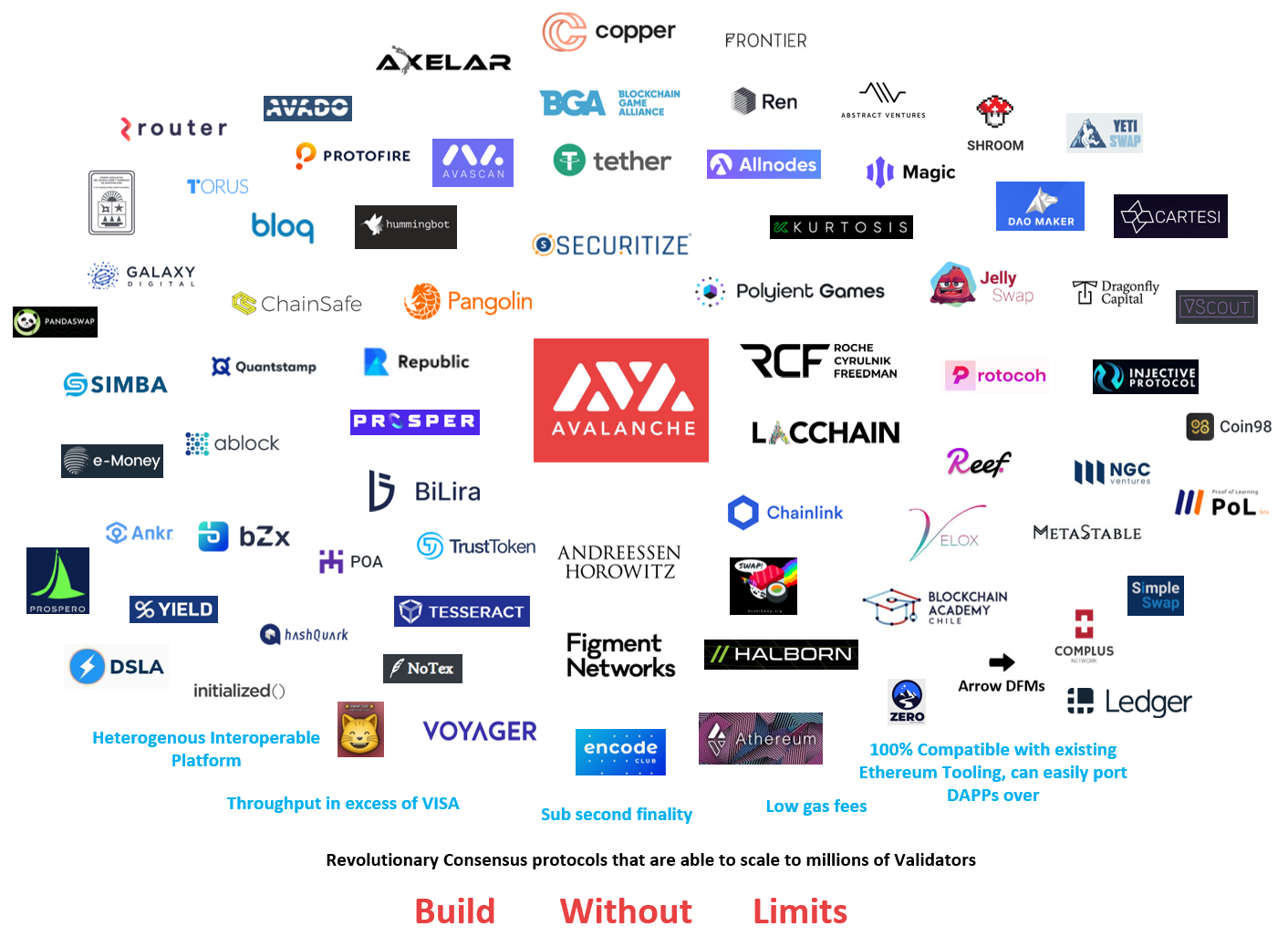
Moreover, Ava Labs and Avalanche are committed to the continued sustainable growth of the Avalanche crypto ecosystem. This includes the introduction of Avalanche-X, funding up-and-coming developers building decentralized applications (dApps), and growing an interoperable Avalanche network.
For those that are new to crypto, be sure to check out our Crypto Basics course. This course is designed to teach you how to safely buy, sell, and store your crypto. Also, if you want to interact with Avalanche and the native Avalanche exchange - Pangolin, you’ll first need to learn how to use the number one Web3 wallet, Metamask. The DeFi 101 course at Ivan on Tech Academy teaches you how to do just that! Plus, you’ll learn how to interact with popular decentralized finance (DeFi) protocols such as Aave, Compound, and Maker! Join over 30,000 students at the number one blockchain education suite available online. Also, don’t forget to follow us on Twitter @Academy_IOT! We’d love to know your thoughts on Avalanche and the AVAX token!
